- Demonstrating a skill in fair-weather, under ideal circumstances, gives students a false sense of security.
- Even the simplest of tasks can be difficult in extreme cold.
- Winter weather affects choice of clothing and choice of clothing affects concealed carry.
- Fuzees are highly effective emergency fire starters.
- Dress based on the coldest nighttime temperature instead of the time you plan to be outside. If you drive around in shorts and a t-shirt at 14 degrees below, nature will eventually run its course.
Winter comes with obstacles and hardship, which make it an excellent time to improve readiness by practicing survival skills. For the survivalist, these difficulties present the opportunity to invest in self-reliance and to test preparations.
It is one thing to achieve proficiency in a survival skill under ideal conditions, and another to duplicate that performance in winter weather. Winter weather takes lives every year even when communications and emergency services are functioning.
A winter survival challenge can be as simple as a winter equipment check or can be a more ambitious drill, outing or training challenge.
Winter Equipment Checks
Winter weather affects every aspect of preparation. Skills that students may feel they have mastered in other seasons often present new challenges in winter. Extreme cold affects the function of equipment, propane stops flowing, batteries stop working, optics fog up and moving parts seize.
In cold climes, winter requires additional shelter, additional ways to start a fire and warm up after cold exposure and increased intake of both water and food.
Clothing
Clothing should be adapted as the seasons change. This can be accomplished by changing the contents of turnout bags with each season or by creating season-specific modules such as a winter weather module. For winter, invest in a wicking base layer, choose loose-fitting layers based on the coldest nighttime temperatures and allow for wind chill.
Clothing cannot keep you warm unless it is clean.
Include checklists and contents lists in turnout bags to ensure that equipment is returned if borrowed, washed or repaired. Checklists are also important so that modules are not forgotten, which happens under the stress that can accompany a catastrophe.
Emergency Blankets
Emergency blankets and emergency ponchos easily fit into a pocket and can be effective when used properly and in time. Keep in mind that emergency blankets only reflect or retain body heat. Once a survivor becomes cold, there is not as much heat for the blanket to reflect and retain.
Do carry emergency blankets, but do not treat them as ‘Break Glass in Case of Emergency” gear. Survivors sometimes hesitate to open emergency blankets because they are single-use, they consider them to be expensive or because opening the blanket is an admission that they are lost or in a survival situation.
Buy gear that you can afford to use and use it early-enough in the ordeal to do some good.
Water
Thirst is diminished in cold weather. Without water, the body cannot properly thermoregulate and more water vapor is lost in respiration. The body also burns more calories in the cold due to the greater disparity between air and body temperature.
Your first canteen is your body. Already being in the early stages of dehydration, going into a survival ordeal, diminishes chances of survival. Stay properly hydrated.
Fire Starting
Starting a fire in windy, wet, winter conditions is a whole lot harder than starting a fire on a dry sunny day. Improve your odds by carrying dry, long-burning tinder and multiple ways to start fires.
As hypothermia progresses, fine motor function becomes increasingly impaired until striking matches or operating a lighter becomes virtually impossible. This should be considered when selecting fire starting gear.
Video First Seen On RealWorldSurvivor.com
Ferro rods should be large and easy to grip, even with gloves on. A fuzee, or road flare, is a highly effective tool for starting fires that can be manipulated using only gross motor function. There are even some smaller models, marketed for signaling and fire starting, which take up less room and weigh less.
Concealed Carry & Firearms
- Clothing – Winter weather affects choice of clothing and choice of clothing affects concealed carry.
- Edged Weapons – Thicker clothing, gloves, more zippers, more pockets, and more gear in those pockets, can make for obstacles to impede or snag a knife.
- Firearms – Not all firearms are designed with winter weather in mind. Tight tolerances sound great until one considers that metal contracts and expands with temperature. Folks who only shoot recreationally and in fair weather may never experience any cold-related issues with their firearms. Do you know how your firearm cleaning and lubricants are affected by extreme cold?
- Electronics & Optics – Cold affects batteries and lenses. Some optics and electronics feature external battery compartments that clip onto inner layers of clothing to keep batteries warm enough to operate the way they should. Iron sights can back up fogged or broken optics or cold batteries. Lenses can also be treated to help prevent fogging.
Vehicles
- Fuel – Cold can cause gelling and water contamination in diesel fuel systems. Chemical treatment can help prevent the buildup of wax crystals which fall out of suspension, creating gel. Keeping fuel tanks full prevents air and water vapor from entering and causing water contamination.
- Battery – Attempting to charge a frozen battery can cause it to explode.
- Filters – Air, fuel, air and hydraulic filters should be inspected regularly and changed frequently to keep motors starting and running properly.
- Hoses – Hoses are more brittle at colder temperatures. Allow motors time to warm up in winter. Inspect hoses frequently in winter and replace as needed.
- Glass – Windows are prone to ice up and fog in winter weather. Keeping glass clean can help prevent icing and fogging.
- Chains or Snow Tires – Roads may close to traffic without tire chains or snow tires, especially roads that gain elevation to cross mountain passes or roads that travel higher into mountainous terrain.
- Vehicle Recovery Equipment – Icy roads, being struck by another vehicle, poor visibility and snow drifts all contribute to vehicles ending up stuck. Stock vehicles with equipment to identify them, dig them out and recover them should they become stuck. Store recovery ropes and straps out of direct sunlight.
- Survival Gear – Ice, the effects of cold weather on vehicles, poor visibility of landmarks and poor visibility of road surfaces all contribute to increased chances of becoming stranded in winter. Make sure your vehicles are stocked with survival gear to make you visible, communicate and keep you warm, hydrated and fed until self-recovery or rescue can be affected.
Winter Outings
Are you a fair-weather survivalist? Do you walk or jog when it rains? Do you shoot outdoors all year round or just in the summer?
In climates where it rains all the time, people must go out in the rain or they would never go anywhere or get anything done.
Winter outings involve a fair amount of ‘mind over mattress.” A survivalist’s commitment to preparedness should be “rain or shine.” It should not matter if a buddy can go or what the weather is like.
I have observed that when minor obstacles like these are able to derail preparedness efforts, it is not typically because the individual lacks self-discipline, but because the individual was not sufficiently committed to the cause. Getting out and training in winter is all about vision and commitment to the cause.
Behavior and attitude are overruled by a person’s vision, not vice versa. If see a train speeding your way, it does not take much self-discipline to get off the tracks, that part just comes naturally.
Climate-controlled Bubbles
Today, most of us live in climate-controlled bubbles. When modern man travels, he scampers from his climate-controlled home to his climate-controlled.
I have seen guys wearing shorts and short sleeves drive in a rural area at 14 degrees below zero. How long do you think someone could last under those circumstances if his car broke down or if he crashed and was ejected from his vehicle?
You cannot choose when disaster will strike, and everyone goes to the beach from time to time. When you choose to run around in shorts and flip flops, make sure you at least have a turnout bag containing appropriate clothing on hand.
When modern man becomes overstimulated by his own inventions, he goes camping to “get away from it all.” His solution is to bring along a slightly smaller version of the modern world he is trying to escape. He will drive half a day or more to sleep in a climate-controlled box and stare into a screen just like he would be doing had he stayed home.
In climates rain is infrequent, people often prefer to stay home when it rains. Do not be a ‘fair weather survivalist.”
Winter Camping
The first time I camped in the snow, was as a boy scout. That outing did involve a little bit of suffering, but only because we did not know what we were doing yet. It was also beautiful, a lot of fun and a great learning experience.
Disasters do not just happen in the summertime and not every survivor survives on a tropical island. Winter camping is a place to start building cold weather survival skills in a safe and controlled setting.
Snowshoeing
Getting around in snow requires some specialized equipment and training, but snowshoes make it possible to travel cross-country during winter.
Skis give greater mobility but require a little more of an investment in cross-country ski training. Skis may not be a good fit for survivalists who have group or family members who cannot ski.
Snowshoeing is slower than skiing but requires less of an investment in training. Most people can learn the basics of snowshoeing as they go. Movement is slow in snow and care must be taken not to overheat and sweat. Work and travel during winter require vigilance and constant management of layers of clothing.
Winter Training
Training during winter leads to changes in equipment lists and SOP. Keep track of training exercises in a journal. Debrief after training and note changes that would result in a more effective response.
Winter Bugout Drill
I remember the first timed bugout drill I did in the early 1990’s. Every drill I have run has resulted in additional refinement of equipment, SOP and lessons learned. As you can probably imagine, I have made a great many changes over the years.
Some them were minor, such as changes to equipment carried, and some were major, like leaving a metropolitan area and relocating to a smaller community in another state. All these changes have made my family less fragile to volatility and given us increased contentment and peace of mind, and none of them would have likely taken place, had we not done timed bugout drills.
Holding timed bugout drills in winter leads to more detailed consideration of winter travel, which in turn leads to changes in clothing, equipment, transportation and planning. Supply caches can be harder to find under snow, which can lead to changes in placement of caches.
Vehicles need snow chains. People cannot walk as far or as fast. Snow shoes, poles and sleds are needed for cross-country travel. Water can be harder to obtain.
Winter Tracking
Tracks are easier to spot on fresh snow than on any other surface I can think of, which makes winter a wonderful time of year for a novice to practice tracking. This also makes winter one of the most challenging times of year for advanced students to practice counter-tracking techniques.
Snowfall can obliterate a trail in short order. Tracks left on hard and soft snow have differences and even tracks left by the very same animal can differ greatly in deep snow. An effective tracker must track year-round.
Winter Mass Casualty Drill
Mass casualty drills affords groups the opportunity to practice assessment, fire suppression, light search and rescue, triage and medical treatment skills, and to develop the mastery of the Incident Command System that survivalists and first responders need to respond effectively to catastrophes.
A mass casualty drill is best performed with a large group. The group can be divided, with one group role playing the part of casualties and the other group acting as responders. Set a mass casualty scenario such as a natural disaster or other catastrophe that could produce casualties.
Survivors should be given a backstory, including how they were injured and their injuries or symptoms. A little stage makeup adds realism. If the survivors have acting skills, all the better.
Holding mass casualty drills in winter adds a sense of urgency to the drill and draws attention to the need to shelter and warm victims. Any injury or accident that limits mobility in extreme cold, and leaves the survivor stranded in the elements, is potentially fatal.


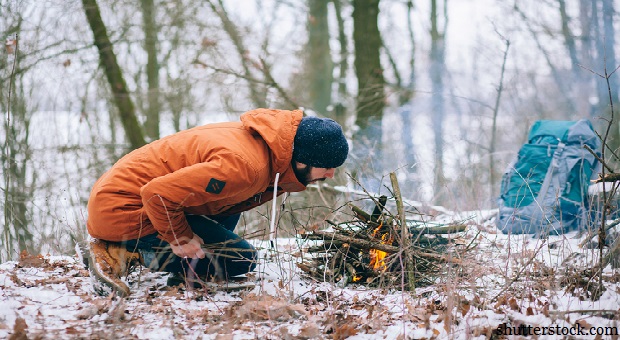
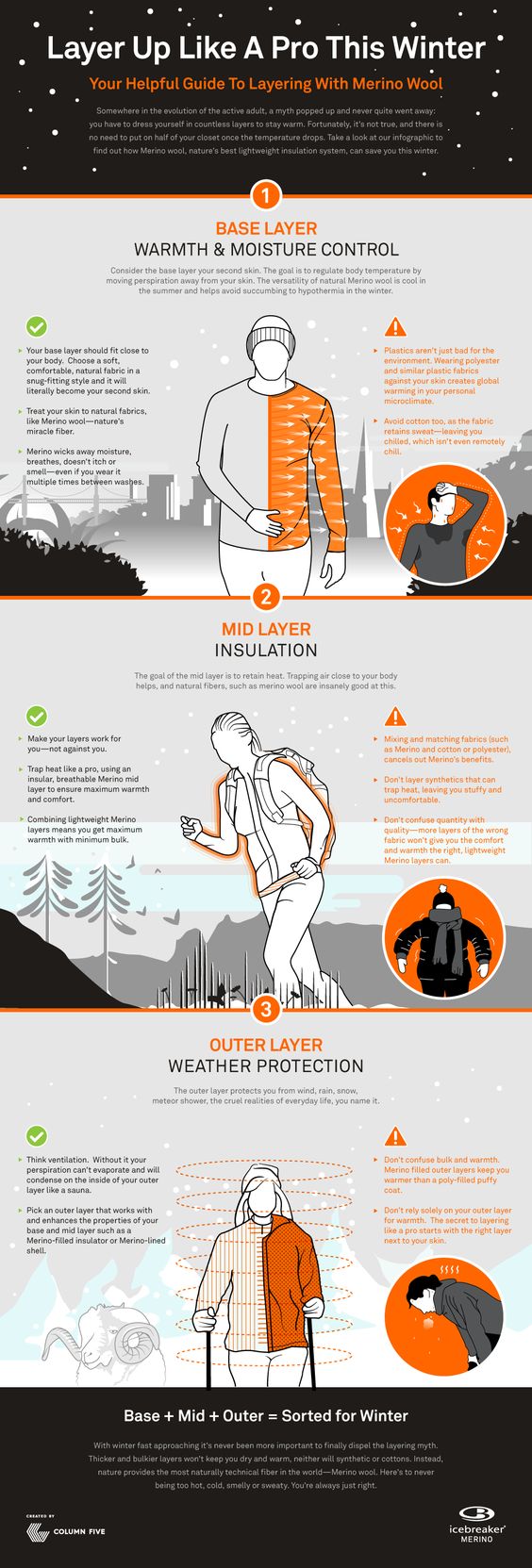
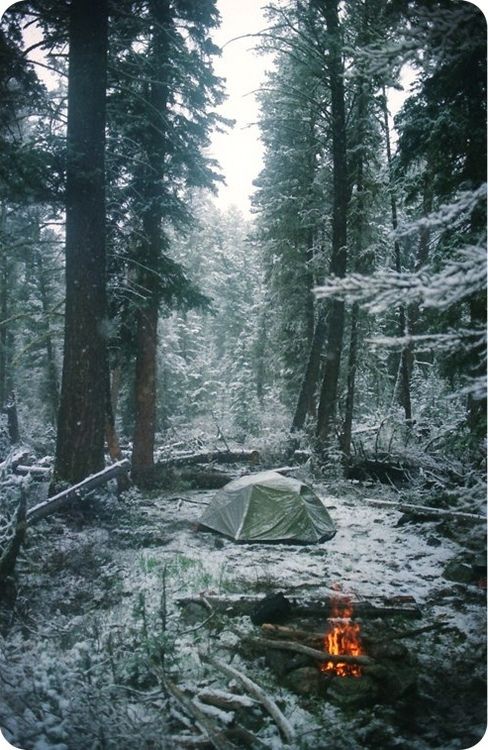
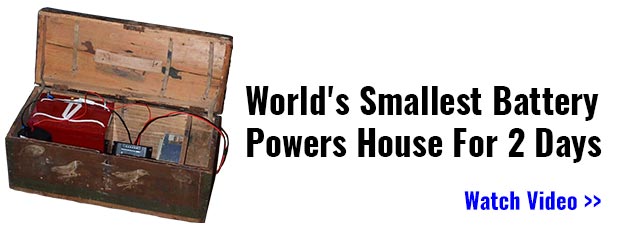
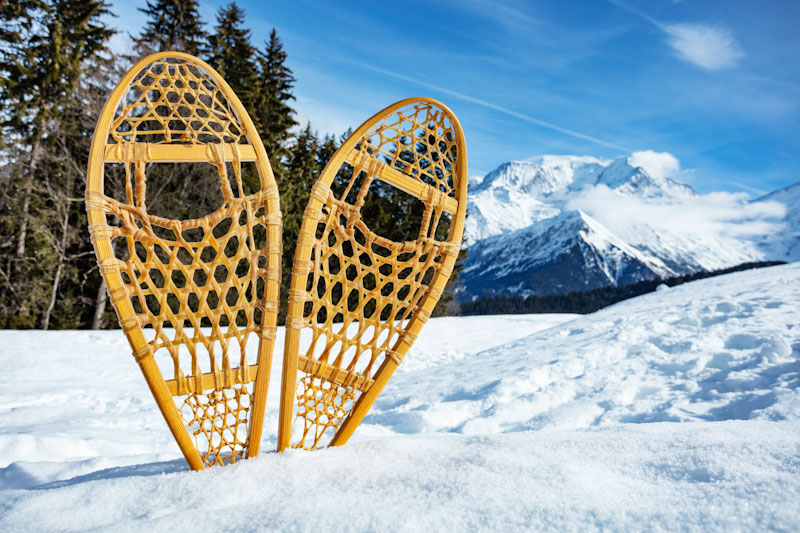
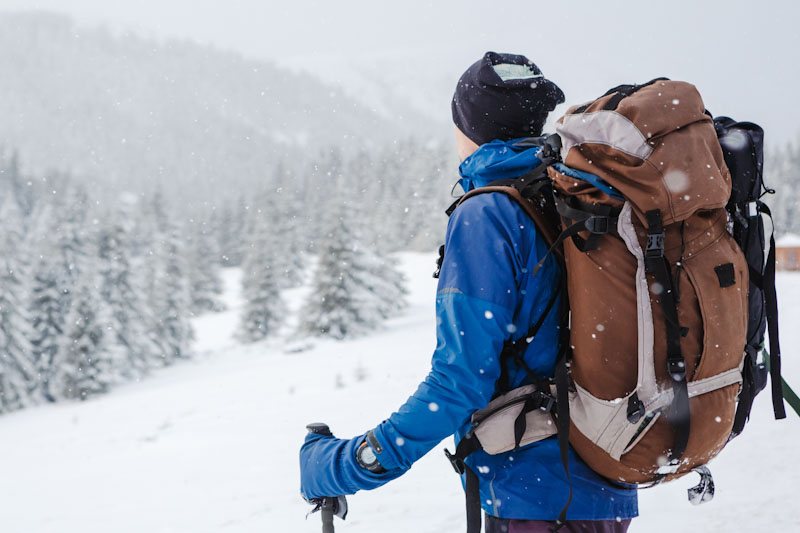

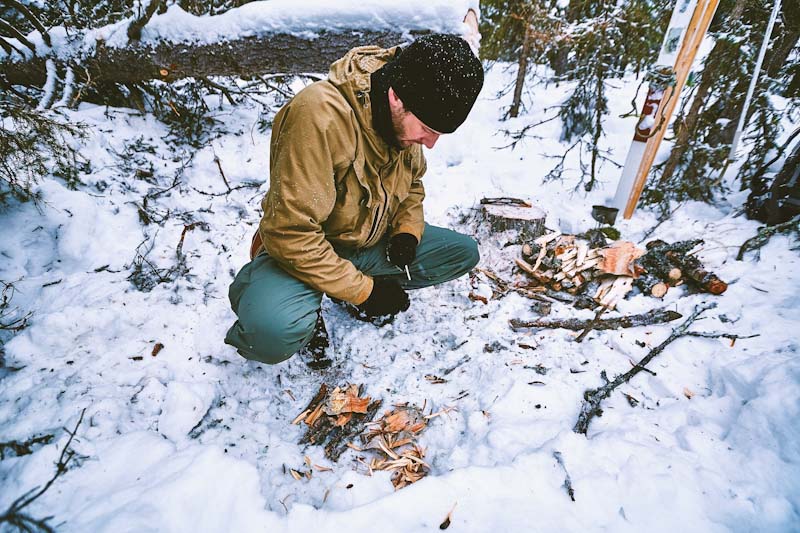

Evan | March 8, 2018
|
Funny time to post this as winter is almost over…
Johnny P | March 8, 2018
|
Actually this is a great time to Post for winter even though spring is upon us. winter is fresh in our minds and it is coming again in 6 months
stan pullen | March 8, 2018
|
Check with the people in the Northeast,. but this is too late for them too.
Mildred Stephens | March 8, 2018
|
Who told you winter was almost over? We got rain, ice and snow. Winter is not over yet, we may get more snow before it’s over. It snowed one year the beginning of April.
Ed | March 8, 2018
|
Almost only counts in horse shoes.
Noreen | March 8, 2018
|
Winter comes every year. It amazes me that people are apparently surprised by that – and unprepared.
Tonja | March 8, 2018
|
Who cares when winter is over or not. The idea is to be prepared for any season. In my preparations I have a smaller bag specifically for winter. You need to think ahead…come on people get real and stick to the subject.
Clergylady | March 9, 2018
|
I have winter and summer bags that get checked out at least twice each year. Also change out whats in my “just in case box” in the car and truck.
This is a good reminder. And here I”ve seen snow May 10. If there is snow on the mountain top above my home- we still get freezing nights. I’ve seen snow into June.
My warm season tends to be short. A decent garden is an iffy unpredictable thing unless you create a climate as in a greenhoues. The same goes for camping or survival skills. Learn to keep warm with removable layers. Learn how to warm up someone in a survival situation. Plan survival supplies that you know work. That means using them!
I spent a night in my car stuck when roads were closed and I couldnt get home or get to work. I had food water a light weight wool throw cover and some old blankets, water bottles, energy bars, tp, a box of Graham crackers, and a jar of peanut butter. The roads opened up about 9 am and i drove back home.
By the way a milk jug and a funnel were the lifesaver for this old gal. Who wants to get out in the snow to drop your drawers in front of other stuck drivers? NOT ME! Just as much part of being prepared as a shovel, kitty kitter, carpet scraps, or the winch on my truck.
Bill in Idaho | March 9, 2018
|
Well, Everybody, try to stay on track, here. Yes we just had our last Deep Freeze from the Gulf of Alaska and BC – But December will be here again. Just Read the D__N Article – Prepper has some Good Stuff in There . . .